204 words
1 minutes
[CS5242] Attention and Transformers
Limitations of RNN & LSTM
Why use self attention?
- poor sequence parallelism
- LSTM relies on a sequential computation process, difficult to achieve sequence parallelism
- difficulty handling long-distance dependencies
- LSTM struggles with captureing long-range dependencies as sequences grow longer -gradient vanishing or exploding can occur during backpropagation
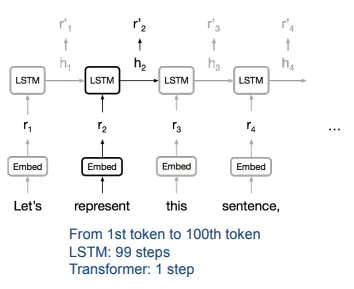
- LSTM struggles with captureing long-range dependencies as sequences grow longer -gradient vanishing or exploding can occur during backpropagation
- inefficient parameter usage
- LSTM requires maintaining a large number of parameters
Self attention

- a.k.a global attention
- : query (to match others)
- : key (to be matched)
- : value (to be extracted)
- : all the attentions of on other inputs and itself
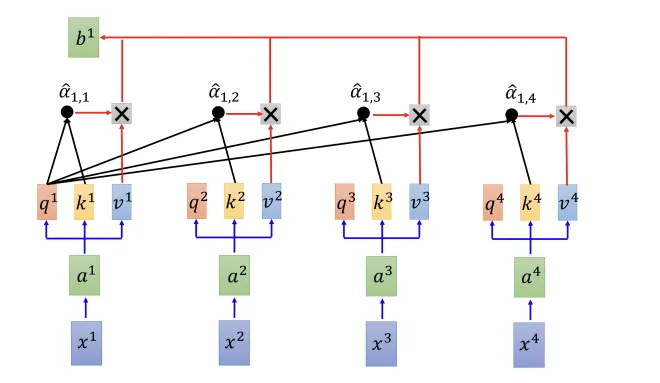
- can be computed in parallel
- can reduce computational cost by local attention
- focuses only on the positions near the current position within the input sequence
- restricts the attention to a local neighborhood
Multi-Head self attention
- i.e. 2 heads
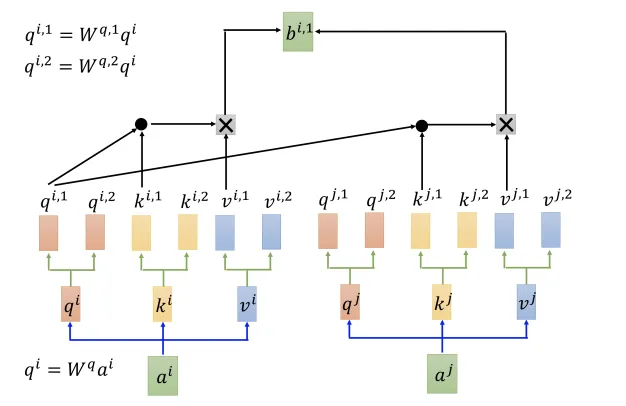
- can only communicate within the same head group
- merge the outputs of multiple heads into one single output (concat together)
- can capture diverse pattern and relationships
- high scalable & parallelizable
Transformer
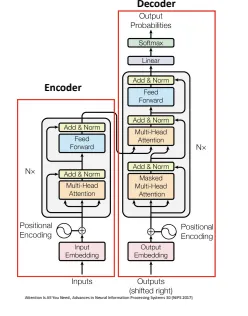
- Self-attention enhances multi-head self attention
- in multi-head attention, we use several attention heads in parallel.
- each head learns different representations of Query, Key & Value
Encoder

Layer norm
- same for all feature dimensions
- Batch norm is same for all training examples
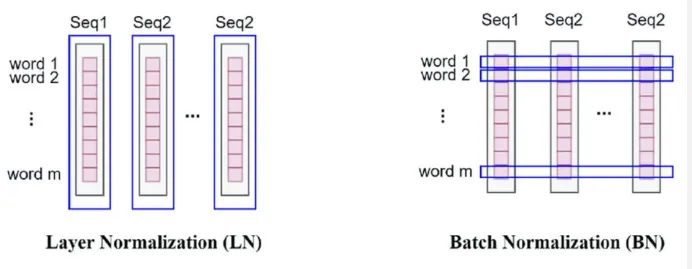
- Batch norm is same for all training examples
Decoder
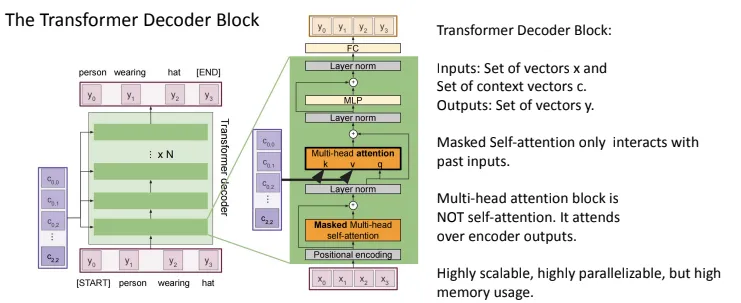
Application
- Vision: ViT, Sora
- Language: BERT, GPTs
- Vision-Language: CLIP
[CS5242] Attention and Transformers
https://itsjeremyhsieh.github.io/posts/cs5242-7-attention-and-transformer/